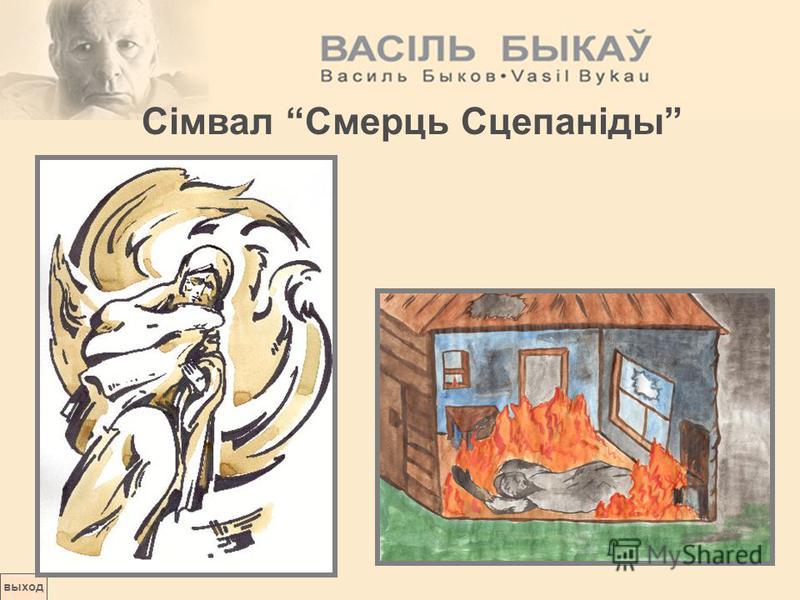KONCEPCIJA ŽENE U DRAMI GOSPODA GLEMBAJEVI MIROSLAVA KRLEŽE DIPLOMSKI RAD Mentorica: Dr. Julijana Matanovi, izv. Zagreb, 2013. Kao žena, majka i Djevica predstavlja znak prepoznavanja vjerske privrženosti i oli enje idealnog vje nog ženskog elementa koje bi. U pojedina nim interpretacijama barunice Castelli i sestre. See the upcoming ex dividend date and dividend history for Gilead Sciences, Inc. Stay alerted to dividend announcements for GILD and all the companies you follow at NASDAQ.com.
Prikoljnaya scenka skazka tri sestri airport. With a portrait of Anne Boleyn coming to light from the National Portrait Gallery of Ireland we take a look to determine if it’s contemporary, or not. After her execution, anything that would remind Henry, or his subjects, of Anne Boleyn was destroyed. There are a few things here and there that were missed in the path of destruction but I have always read that there was no contemporary portraits of Anne that survived the destruction. We haven’t had anyway of knowing what Anne really looked like because the paintings or sketches that were labeled as her could not be proven to be so – even the sketches that Holbein created were labeled years after his death, so we cannot confirm. Here are some (not all) of the portraits that have been said to be Anne Boleyn: Historian Eric Ives (1931-2012) wrote a very well researched book about Anne Boleyn called, “The Life and Death of Anne Boleyn” that is regarded as the bible of Anne Boleyn by many researchers. He covered everything about her in his book, including her portraits. He also discussed those who willfully described Anne as different from what she was – here is an example: Nicholas Sander, who was opposed to Elizabeth being queen of England, said this about her mother: Anne Boleyn was rather tall of stature, with black hair, and an oval face of a sallow complexion as if troubled with jaundice.
She had a projecting tooth under the upper lip, and on her right hand six fingers. There was a large wen under her chin, and therefore to hide its ugliness she wore a high dress covering her throat.
Teatraljne mistectvo yapon prezentacya. Condition or disease Intervention/treatment Phase HIV Infections Drug: Nevirapine Drug: Zidovudine (ZDV) Drug: Lamivudine (3TC) Phase 3. The secondary objective was to assess the overall HIV transmission rate between the 2 groups (intrauterine, intrapartum and postpartum up to 6 weeks) as well as to explore the relationship between infection and timing of maternal dose relative to birth, infant feeding method, maternal peripheral blood viral load, and other potential risk factors for transmission. Following the introduction of the second and third Amendments to the Protocol, 2 substudies were added. Layout table for study information Study Type: Interventional (Clinical Trial) Actual Enrollment: 2648 participants Allocation: Randomized Intervention Model: Parallel Assignment Masking: None (Open Label) Primary Purpose: Treatment Official Title: A Prospective Randomised Open Label Clinical Trial to Determine the Efficacy of Nevirapine, Compared With a Combination of ZDV + 3TC, in Decreasing the Peripartum Mother to Child Transmission of HIV. The objectives of these substudies were to evaluate the frequency of resistance-conferring mutations to nevirapine (Amendment 2) and to ZDV+3TC (Amendment 3); to determine whether there was a reversion of any resistant virus to the wild type; and to determine if the resistant virus was transmitted from the mother to the child.
In this she was followed by the ladies of the court, who also wore high dresses, having before been in the habit of leaving their necks and the upper portion of their persons uncovered. She was handsome to look at, with a pretty mouth.¹ Sander was only nine years old at the time of Anne’s execution – would he really have known all those things about her? Not to mention that in the above quote he contradicts himself describing her ugliness and then in the last sentence saying she was handsome to look at.

Which was it, Sanders? Ives also quotes George Wyatt, grandson of Anne’s friend, Sir Thomas Wyatt, describing Anne as well – Wyatt at least had family lore to go off of since his father surely had been told stories of Anne, but was this true? I’ve always believe that the extra nail thing was something that was made up by those who opposed Anne as queen. There was found, indeed, upon the side of her nail, upon one of her fingers some little show of a nail, which yet was so small, by the report of those that have seen her, as the work master seemed to leave it an occasion of greater grace to her hand, which, with the tip of one of her other fingers might be, and was usually by her hidden without any blemish to it. Likewise there were said to be upon some parts of her body, certain small moles incident to the clearest complexion.² The Holbein sketches were not labeled by Holbein himself, they are thought to have been labeled by Sir John Cheke (tutor to Edward VI). It was believed to have been proper labeling since Cheke actually knew Anne Boleyn, however, other sketches that Cheke labeled at the time have since been corrected. He may have been mistaken with these as well.
New Pages
- Buklet O Zdorovom Obraze Zhizni
- Earthquake 3d Enhanced Edition V355
- Ustanovochnij Disk Dlya Skanera Canon Lide 110
- Shortcut Romeo Full Movie Download 720p
- Prazdniki Vo Francii Prezentaciya
- Canon Scanner Lide 30 Driver Windows 7 32bit
- Crack Winning Eleven Pro Evolution Soccer 2007 Pc Torrent
- Apollo Rw 1009 Driver For Windows 7
- Doing Second Language Research James Dean Brown Pdf